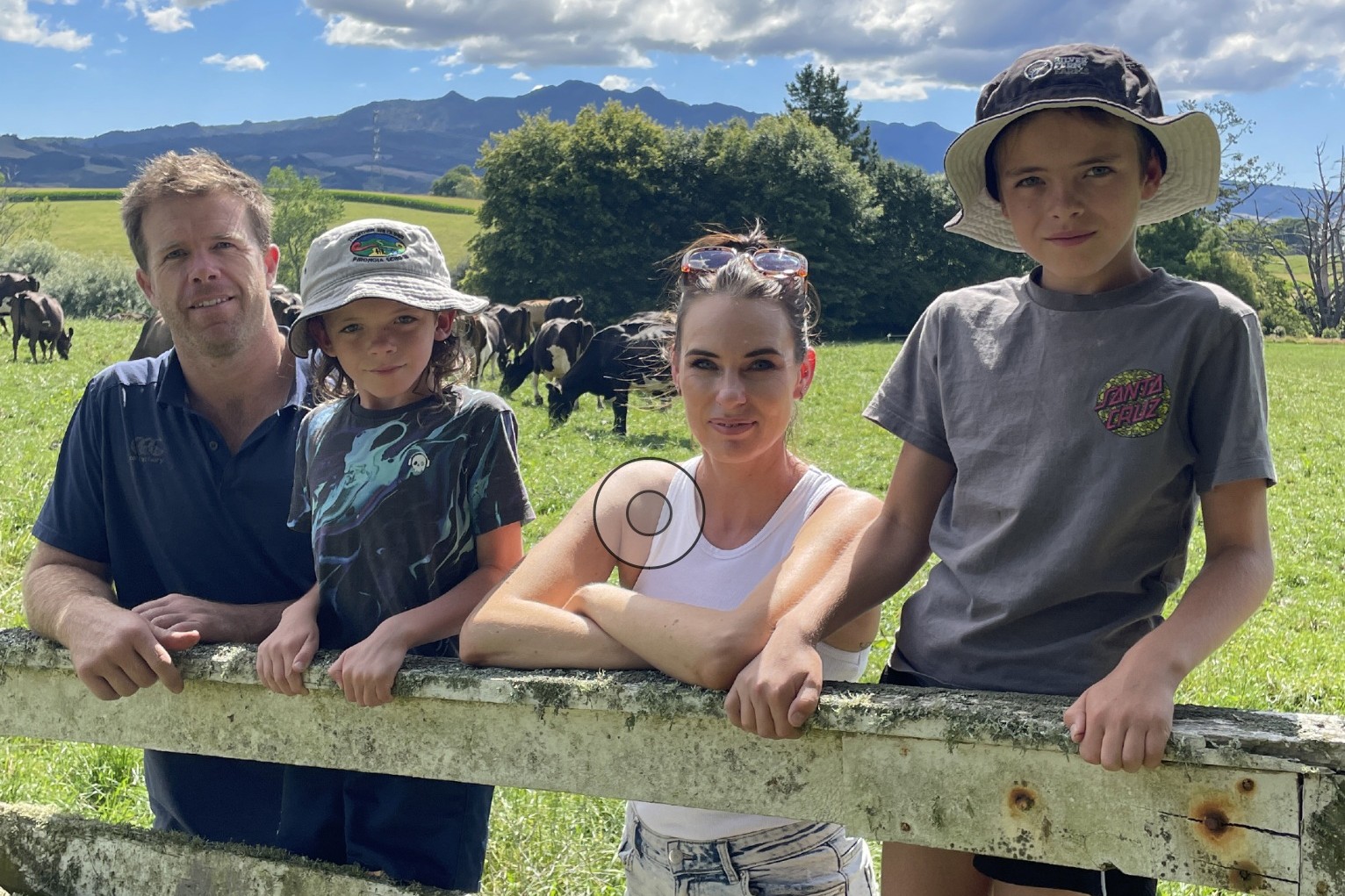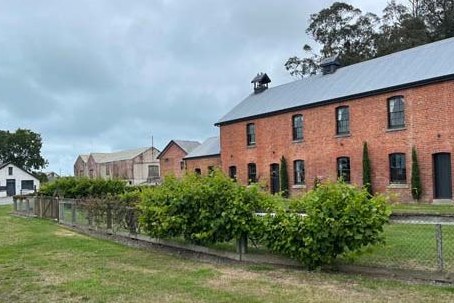Pasture renewal can deliver good return on investment, if done right. Rebecca Harper spoke to two agronomists to get their tips for best practice when renewing pasture.
Ryegrass is the cheapest form of feed and new grass paddocks need to be treated like they are the most important resource on the farm to get them up and running, Barenbrug Agriseeds Pasture Systems Agronomist, Jen Corkran, says.
“It is an investment, yes, but it will pay you back every month with ryegrass protein growing to feed growing and producing animals from the land you already have access to and the privilege of looking after.”
Identifying paddocks for renewal
Aim to renew paddocks that are underperforming compared to similar paddocks on farm, and bring them up to above average performance.
First, identify the reasons a paddock might not be performing, for example drainage or fertility.
Any problems identified needs to be fixed, in order to ensure a better new pasture is established.
Fertility can be a big issue. Corkran recommends doing a soil and/or a clover only herbage test early (six-12 months out) to see if any of the 16 key nutrients are missing. “A lack of clover in paddocks can be a sign of this, as clover is like the canary in the mine when it comes to fertility – it will not grow well or thrive if there is something missing.”
Deciding on best course of action
Put in place a plan to get from old pasture to new pasture. “Often going through a summer or winter crop is a good idea before new pasture is sown.”
This gives extra time and can help sort out issues, such as weeds, compaction, fertility and drainage, and means you could grow more metabolisable energy (ME)/drymatter in 12 months off the paddock.
“Winter crop could even include winter annual or Italian ryegrass before permanent perennial is sown in autumn (spring sowing of permanent pasture also often occurs in Southland and other areas of the South and mainly autumn sowing further north).”
Agronomist, Wayne Nichol says it’s a good idea to integrate pasture renewal into your overall cropping plan and also suggests forage crops allow the opportunity to fix under lying issues with the paddock.
Endophyte
“Endophyte is a fungus that lives in the plant and has a symbiotic relationship with the ryegrass, in that the ryegrass lets the fungus live within its cell walls, and the endophyte provides insect protection for the plant,” Corkran says.
Endophytes produce alkaloids that deter insects that may try to eat the ryegrass.
Methods for cultivation/seed bed preparation/sowing
Once it’s time to go into new perennial pasture there are a number of factors to consider:
- Renewal method, type of cultivation
- Options that promote minimum tillage or only lightly scuffing up the very top centimetres can be better for many soil types.
“I strongly believe we shouldn’t be using the power harrow anymore, as it can destroy soil structure hugely and this can take 10-20 years to get back.
“If soil structure is destroyed then plant roots may just go down a few centimetres and then go sideways as they hit a pan, which can cause pulling. Soil structure also affects drainage.”
For best results, direct drilling or minimal tillage can be better for crops and pasture where possible, especially on more fragile, lighter soil types.
“A firm and not powdery, level seed bed is what we are after. It should be firm enough that the back heal of your boots only go down about 1cm when you walk across the paddock. Anymore and it’s too fluffy.”
Nichol says worked ground should always be fine, firm and moist.
“Fine to ensure accuracy of sowing – make sure you calibrate the drill for sowing rate and depth. Removing clods exposes the weed seed often within the clod, giving better control. Firm so you get good soil/seed contact. If the heel of your foot sinks into the ground, then it’s too soft. Roll if required. Seeds need moisture to germinate, if you sit on the ground and bum doesn’t get wet then there’s not enough moisture.”
New grass and sowings
Use the correct cultivar. Corkran says you should aim to pick a permanent pasture that fits the needs of your farm system. Also remember an endophyte that fits pressures in the local area, as well has having a good marriage with the ryegrass cultivar used.
Make sure the recommended sowing rates are used. This is at least 20kg/ha for diploid ryegrass and 30kg/ha for tetraploid ryegrass. On top of this rate at least 4kg/ha of white clover is a good rate to use, and/or 6-8kg red clover (this is less common).
Consider whether you will direct drill or broadcast (roll-seed-roll or literally just spun on).
Remember if ryegrass is sown in rows, the closer the coulters on the drill the better, as the sowing rate along rows is high.
Broadcast or roll-seed-roll ensures a more even spread of grass seed. “Ensure the roll happens afterwards – seed loves a wee hug in the ground to give it the courage to get started in life – this also helps with moisture around the seed for germination and that nice firmness that helps seed get up and going.”
Corkran says ryegrass doesn’t like to be sown too deep, so not rushing is key – check depth control where drilled (1cm max is fine) and make sure (if direct drilling) the driver isn’t going too fast, as humps and hollows can mean some seed is going in deep and some isn’t – seed more than 3-4cm deep may never come up and anything deeper than 1cm will be slower.
Bear in mind that slug bait is often needed if direct drilling.
“Clover doesn’t like to be buried at all. It’s a tiny wee seed, so if this can possibly go on separately in drilled situations it’s helpful. Clover can literally be on top of the soil, with just a heavy harrow or roll over top.”
Treated seed is recommended, as it acts as an insurance policy to prevent insect attack in the first six weeks of ryegrass life, and protects against fungal diseases.
Putting 150-200kg/ha DAP down the spout with drilling, or put as close to the seed as possible, will help with establishment. Root development needs/is more vigorous with Phosphorus right next to the seed as it germinates.
Overall, aim for a firm, not too fine seed bed, seed not too deep and ROLL, ROLL, ROLL.
New grass management
Early management of new grass paddocks can be make or break. Perennial new grass must be treated like a newborn baby for at least 18 months, and especially so over the first two to three grazings.
An early, low application of nitrogen can help promote growth.
Once a new grass paddock has germinated and is up, the pull or pluck test will tell you when you can do the first ‘nip-off’, which is literally using young stock or sheep to take the first 2-4cm off the top of the ryegrass. This is not a proper graze and is all about setting the pasture up, as it will tiller out after this first nip.
This nip-off could be six to eight weeks after sowing. Essentially you want 98% of plants staying rooted when you give them that small pull or tear (as though imitating a grazing animal).
Corkran says the second grazing is equally as important, but this time there is more dry matter available so it becomes the first ‘real graze’ of the new paddock. Still ensure conditions are good for grazing (i.e. not too wet) and aim to graze at the 3-leaf stage and before canopy closure of the pastures.
The developing tillers and the clover in the base all need light to get big and strong – so keeping light to the base is key.
“Graze at this correct stage and down to about 4-5cm residual in rotational grazed situations – no lower – as plant reserves are stored in that first 4-5cm above ground.” Once established, pastures will adapt to grazing regimes, but remembering plant energy reserves are stored above ground is key.
For autumn sowings, aim for at least a nip-off graze and that crucial second grazing before winter and the risk of the wet. This way each original tiller should have tillered out to at least 10 tillers/plant. More tillers in a pasture equates to more yield, more persistence and more tillers acts as an insurance policy if things go wrong.
Every tiller that goes through winter will thicken up and produce its own daughter tillers in spring – which is the goal – a thick, established pasture by the end of the first 12 months.
Weed and pest control
Weed control is important, get advice from local agronomists or chemical reps. Weed control is easiest when weeds are small, there is often a good window just before or after the nip off graze to get things sprayed, Corkran says.
During establishment, key pests will need to be controlled with insecticides and seed treatments, Nichol says.
“Get advice on which to use based on your area and the pest present. Longer term for ryegrass make sure you use the appropriate endophyte. Weeds may have to be controlled in new pasture. It’s important to select the correct treatment and apply it at the correct time to not only control the weed, but to reduce damage to the sown pasture species.”
WHAT SEED TO CHOOSE? A CHECKLIST
PGG Wrightson Seed extension agronomist and nutritionist, Wayne Nichol, says it’s best if you have a good idea of what you want the pasture for, then seek advice. Key questions include:
What are you it using for and how are you going to manage it? For example, is it intensive grazing or rotational, is it orientated to sheep, beef, dairy, deer etc?
For ryegrasses, key considerations are type, e.g: perennial, flowering date, ploidy (diploid, tetraploid) endophyte type and fit into system.
For white clover, use the latest bred cultivars, as they suit our grazing system and are adapted to our pests and diseases. Selection is often on leaf size – medium/large for rotational grazing and small/medium for intensive grazing.
Consider the use of alternative legumes where appropriate – red clover, Lucerne, and annual clovers. Other options include the use of herbs, plantain and chicory. Specialist mixes may include clovers and herbs and have no grass.
What is your fertility and maintenance fertiliser- this can influence the decision-making process.
Type of soil – is it prone to compaction and pugging, or is it free draining?
What is the risk of drought – do you have irrigation or are you summer dry?
What pest issues do you have? This often helps with species selection and endophyte type, especially with ryegrass.
Consider the use of alternative species where appropriate, for example in dryland, high pest areas consider cocksfoot and tall fescue.
Drymatter growth during the season, quality of feed and longevity expectations?
Select the cultivar best suited to your circumstance.
How does the selection fit with the rest of the farm’s management?





